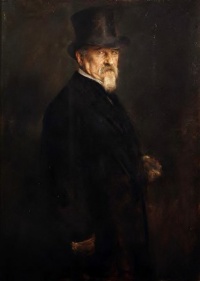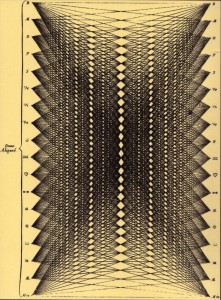
It’s nice to find a Google query with more hits in Google Books than in Google itself.
Such is the case with “libri idiotarum,” 47 hits in Google [1] and 215 in Google Books[2] (see also the Google NGram view[3].)
“Libri idiotarum” means “books of the ignorant” or “books for the illiterate” (idiot did not mean what it means today). The expression was first recorded in a letter by Pope Gregory I:
“For pictorial representation is made use of in Churches for this reason; that such as are ignorant of letters may at least read by looking at the walls what they cannot read in books.”[4]
Gregory refers to paintings, illustrations, sculpture and other visual representations used in Christian art to spread the the gospel in an era when only the clergy and the nobility were able to read.
For these unfortunate illiterate souls, the biblia pauperum (an illustrated bible) was also made.
But apart from being literate or illiterate, a picture is worth a thousand words.
N’est-ce pas?
Illustration: Triumph of Christianity





